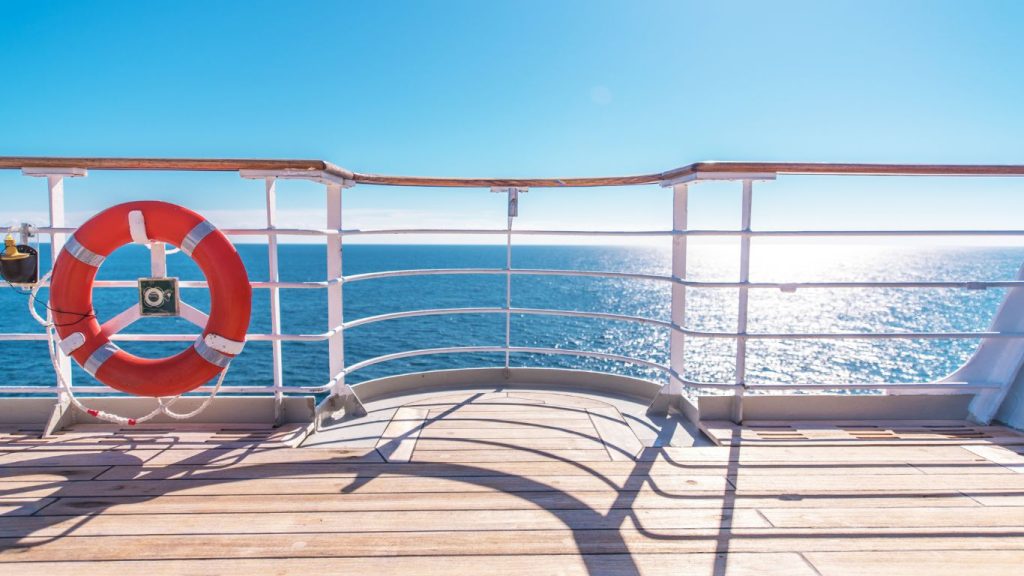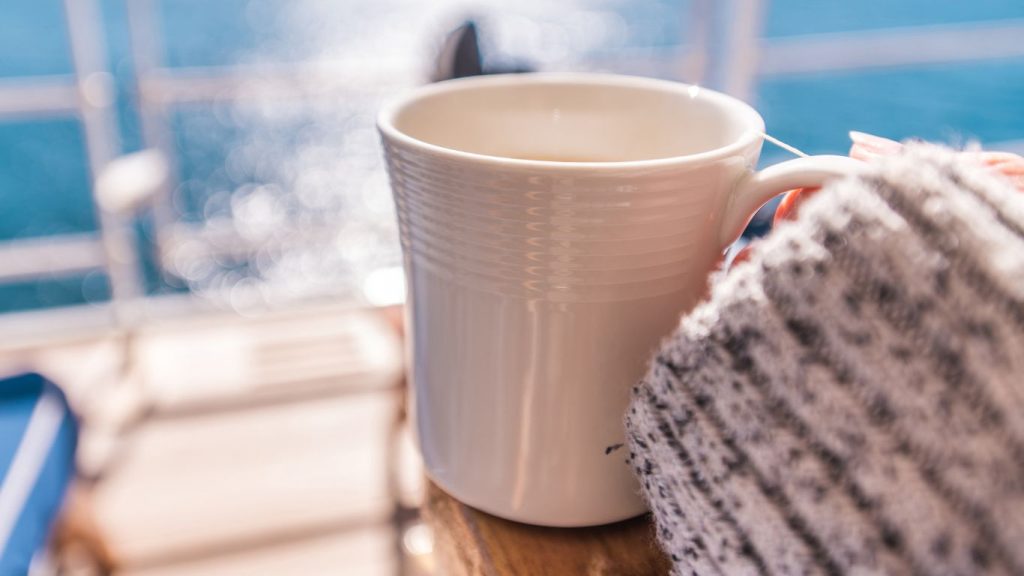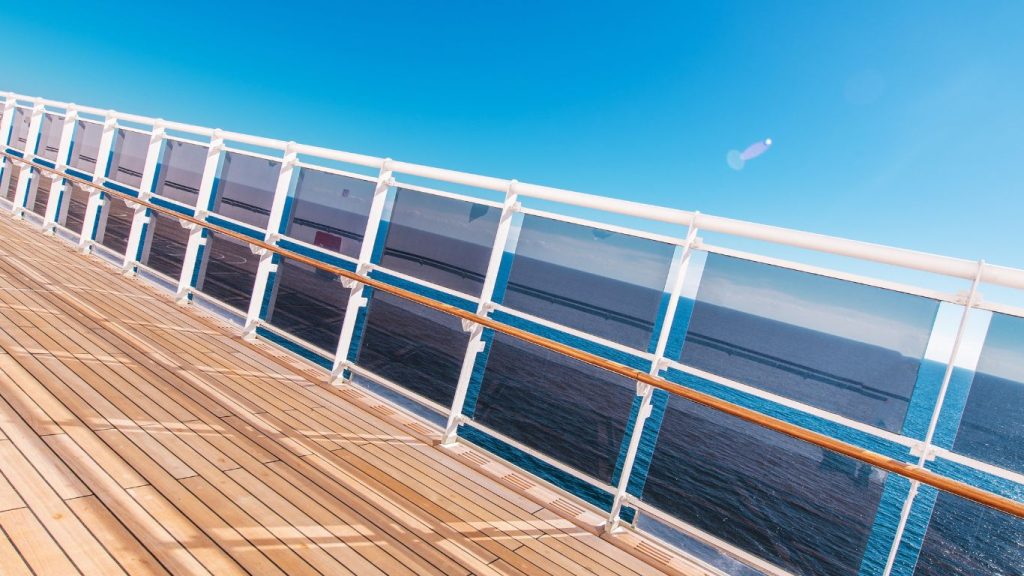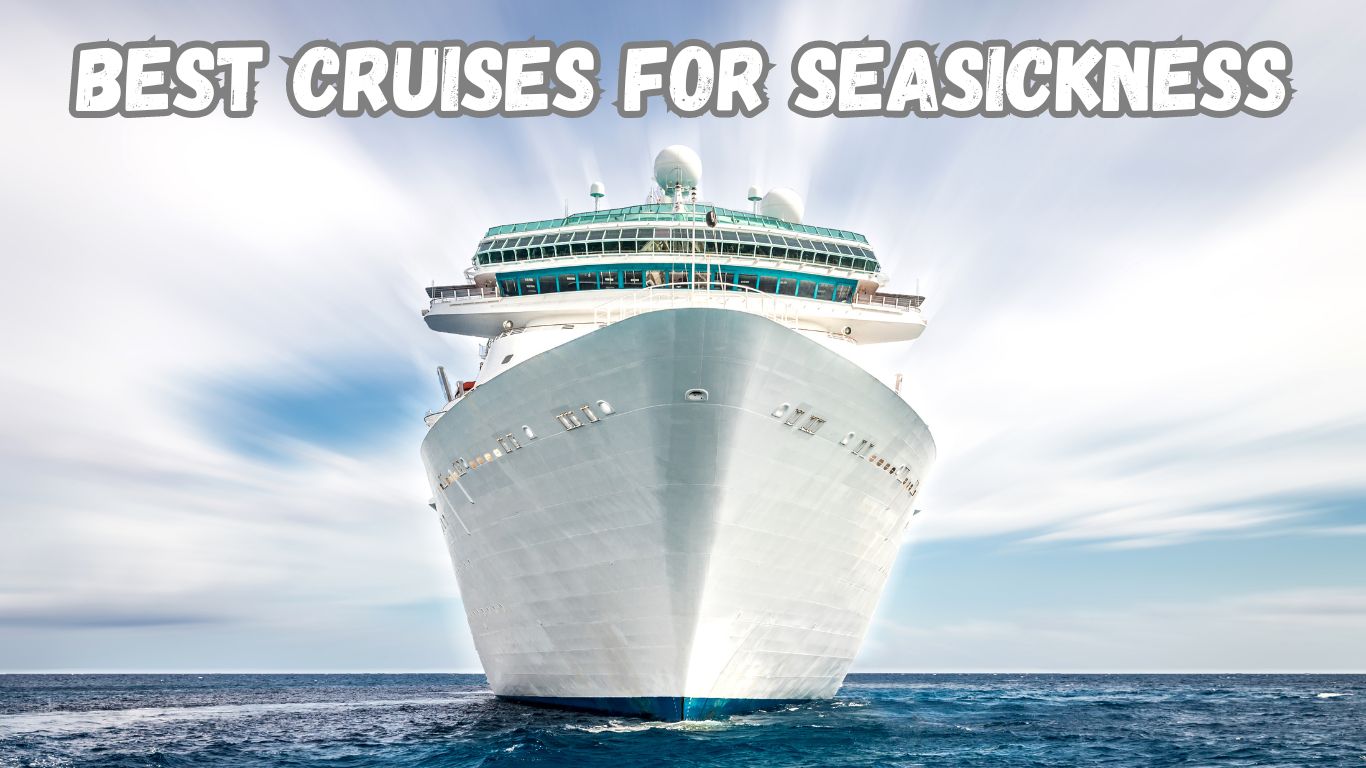Seasickness can be a major deterrent for those considering a cruise vacation. The constant motion of the ship can leave passengers feeling nauseous, dizzy, and miserable. However, there are many cruises designed specifically for those prone to seasickness, offering itineraries and amenities that minimize the chances of discomfort.
Bon Voyage Without the Woes: Best Cruises for Seasickness Sufferers
The call of the open sea is undeniable, but for some, the dream of a cruise vacation can be tinged with worry. Seasickness, that dreaded feeling of nausea and disorientation, can turn a luxurious escape into a queasy ordeal. But fear not, fellow travelers! Smoother sailing is within reach. Here’s your guide to choosing the perfect cruise for a seasickness-free adventure:
Ships Built for Stability:
- Size Matters: While massive cruise ships offer a world of amenities, their sheer size can translate to more pronounced rocking in rough waters. Opt for smaller vessels with a shallower draft. These nimbler ships tend to handle wave action more gracefully, minimizing that queasy up-and-down sensation.
- Space to Breathe: A high passenger-to-space ratio translates to less crowded decks and public areas. Feeling hemmed in can exacerbate anxiety and claustrophobia, sometimes contributing to seasickness. Look for ships with ample space for passengers to spread out and move around freely.
Charting Calmer Waters:
- Destination Decisions: Certain regions are renowned for their tranquil seas. The Caribbean Sea and the Mediterranean Sea, particularly during the shoulder seasons (spring and fall), offer smoother sailing compared to open-ocean crossings. Research your desired destinations and choose itineraries that navigate calmer waters.
- Steering Clear of Rough Seas: While the allure of exotic locales is strong, be mindful of itineraries with extensive stretches in open waters, especially during storm seasons in different parts of the globe. A little research can go a long way in ensuring a smoother journey.
Cabin Comfort:
- Location, Location, Location: When selecting your cabin, prioritize location over a view. Inside cabins, situated in the center and lower decks of the ship, experience less motion than those on the periphery. The reduced visual stimuli in an inside cabin can also be beneficial for those prone to seasickness triggered by swaying seascapes.
Beyond the Ship: Preparing for Smooth Sailing:
- Consult Your Doctor: A visit to your doctor can equip you with the right tools to combat seasickness. Discuss both over-the-counter and prescription medication options to find what works best for you.
- Horizon Focus: Our brains rely on visual cues for balance. Avoid focusing on nearby moving objects like the deck or railings, which can worsen nausea. Instead, train your gaze on a stable point in the distance, like the horizon, to maintain a sense of equilibrium.
- Hydration is Key: Dehydration can exacerbate nausea. Make sure to drink plenty of water throughout your cruise. Opt for water or clear beverages over sugary drinks or alcohol, which can dehydrate you further.
- Dietary Choices: Listen to your stomach! Stick to smaller, bland meals that are easier to digest. Avoid greasy or spicy foods that can irritate your digestive system. Opt for crackers, fruits, or yogurt when you feel uneasy.
- Fresh Air Therapy: Spending time on deck in the fresh air can be a breath of fresh air (literally!). However, be mindful of strong winds or rough seas that might worsen symptoms for some individuals.
By following these tips and opting for a cruise that prioritizes stability, calm waters, and strategic cabin selection, you can set sail on an unforgettable adventure without seasickness stealing your sunshine. Bon voyage to smooth sailing and delightful memories!
Choosing the Right Cruise:
- Smaller Ships: Smaller ships tend to experience less motion than larger ones, as they are more responsive to changes in sea conditions. Look for ships with a high passenger-to-space ratio, which means more room to move around and less crowding.
- Shorter Itineraries: Opt for shorter cruises, especially if you’re a first-time cruiser. This will give you a chance to adjust to the motion of the ship without feeling overwhelmed.
- Calmer Waters: Choose itineraries that sail in calmer waters, such as the Caribbean or Mediterranean Sea. Avoid cruises that cross the open ocean, where the waves can be larger and more unpredictable.
- Inside Cabins: Inside cabins are located in the center of the ship, where the motion is less noticeable. They also tend to be quieter and darker, which can help reduce nausea.

Onboard Amenities:
- Stabilizers: Modern cruise ships are equipped with stabilizers, which are fins that extend from the sides of the ship and help to reduce rolling motion.
- Seasickness Patches: These patches contain medication that can help to prevent nausea and vomiting. They should be applied behind the ear several hours before sailing.
- Ginger: Ginger is a natural remedy that can help to settle the stomach. It can be consumed in various forms, such as ginger tea, ginger ale, or ginger candies.
- Acupressure Wristbands: These wristbands apply pressure to a specific point on the wrist, which is believed to help reduce nausea.

Additional Tips:
- Stay Hydrated: Drink plenty of water to avoid dehydration, which can worsen seasickness symptoms.
- Eat Light Meals: Avoid heavy, greasy foods before and during the cruise. Opt for bland, easily digestible foods such as crackers, toast, and soup.
- Get Fresh Air: Spend time on deck in the fresh air. This can help to settle your stomach and clear your head.
- Focus on the Horizon: Looking at the horizon can help to reduce dizziness and nausea.
- Relax and Enjoy: Don’t let the fear of seasickness ruin your cruise. Relax, take it easy, and enjoy the journey.
By choosing the right cruise and taking advantage of the available amenities and tips, you can minimize the chances of seasickness and have a wonderful and memorable cruise experience.

Here are some specific cruise lines and itineraries that are known to be good for those prone to seasickness:
- Windstar Cruises: Windstar’s smaller ships and focus on sailing in calm waters make them a good choice for seasickness-prone passengers.
- Paul Gauguin Cruises: This line specializes in cruises to the South Pacific, where the waters are generally calm.
- Viking Ocean Cruises: Viking’s modern ships are equipped with advanced stabilizers and offer itineraries that avoid rough seas.
- American Cruise Lines: This line offers cruises along the US coastline, which tend to be smoother than open-ocean voyages.
Remember, even if you choose a cruise that is designed for seasickness, it’s always a good idea to consult with your doctor about medication options and other strategies to prevent nausea. With careful planning and preparation, you can enjoy a smooth and enjoyable cruise vacation.

